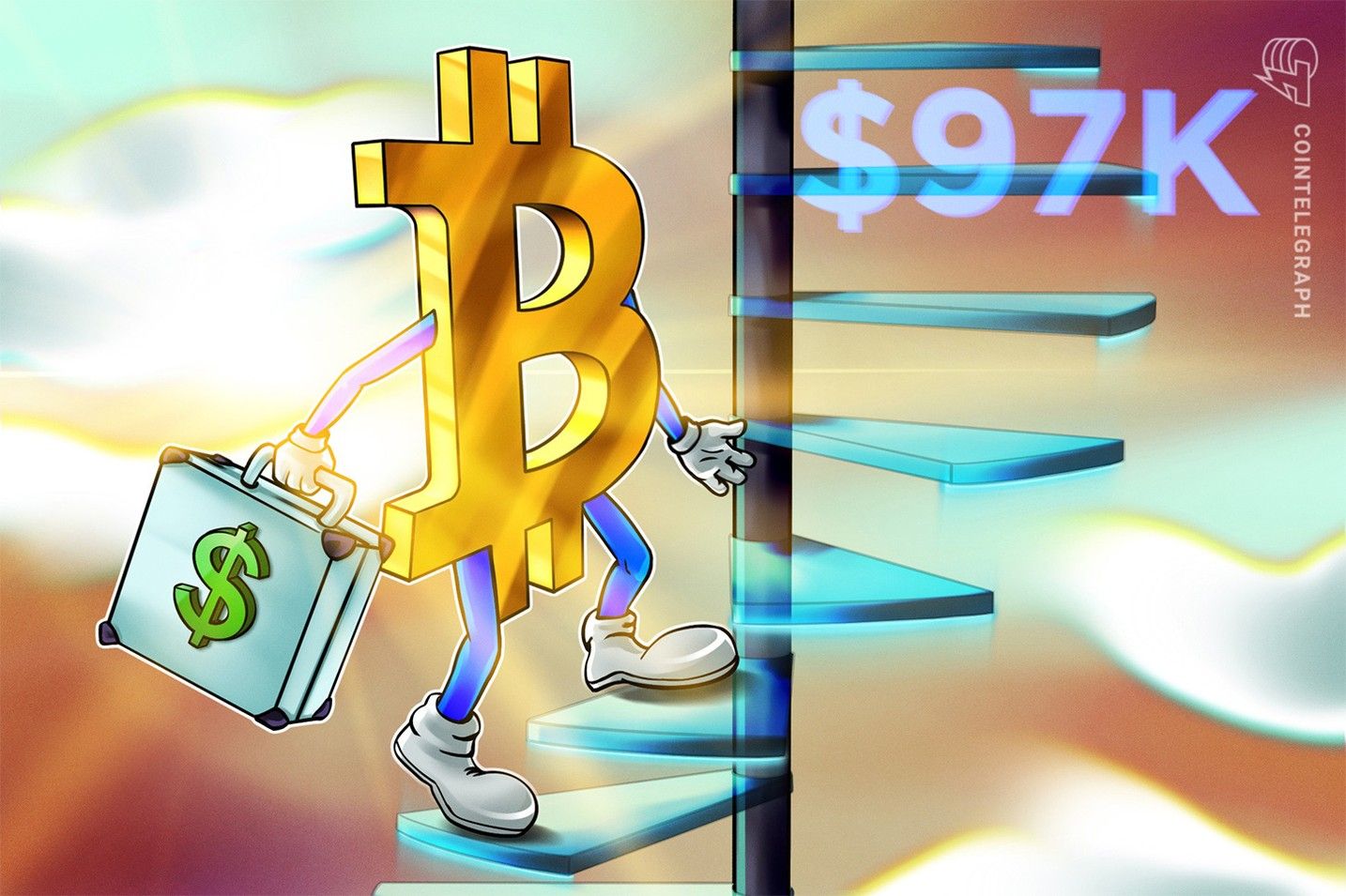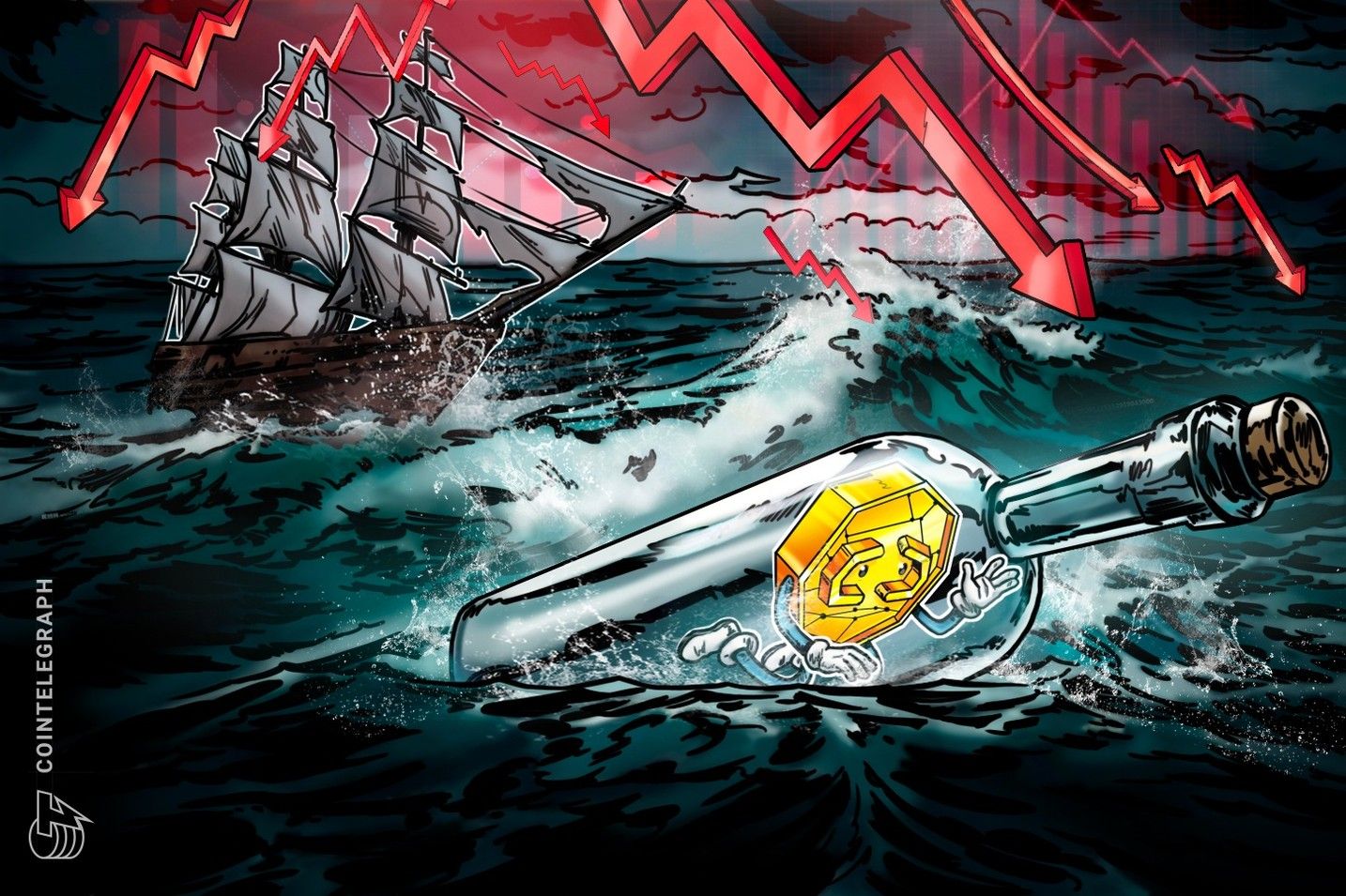Ethereum Gas Limit Jumps 33 Percent as Developers Push L1 Scaling
Quick Take Summary is AI generated, newsroom reviewed. Ethereum validators approved a 33% increase in the gas limit, raising it from $45 million to $60 million per block. The upgrade activated automatically after crossing the 50% validator approval threshold. This scaling shift was enabled by EIP-7623, which limits worst-case block sizes by raising calldata gas costs. The higher gas limit allows for more transactions per block, reducing congestion and improving reliability for dApps.References Data from ht
Ethereum has taken a bold step toward Layer-1 scaling. On November 25, the network increased its gas limit from 45 million to 60 million. That marks a 33% jump in block capacity within a single upgrade cycle. More than half of Ethereum validators approved the change. Because the support crossed the 50% threshold, the upgrade activated automatically. No hard fork was required.
This quiet but powerful shift signals a major change in how Ethereum now approaches scalability. For nearly four years, the gas limit stayed close to 30M. Developers kept it low to protect the network from performance risks. Now, that cautious era appears to be fading.
Why Developers Finally Pushed the Limits
So why did Ethereum developers suddenly move faster this year? The answer lies in three key technical breakthroughs that changed the risk profile. First, EIP-7623 added protection at the protocol level. It raised the gas cost of calldata. This limits worst-case block sizes and adds a built-in safety buffer. As a result, developers gained more confidence to raise the gas ceiling. Second, major Ethereum clients received deep performance upgrades.
Teams optimized software like Nethermind, Erigon and Reth. They improved cryptographic operations and adjusted gas pricing for heavy computations. These updates now allow nodes to handle 60M gas blocks without stress. Third, developers ran intense stress tests on testnets such as Sepolia and Hoodi. The results stayed stable even at higher loads. Block propagation is still completed within Ethereum’s tight four-second consensus window. That removed one of the biggest scaling fears. Together, these upgrades shifted Ethereum from cautious theory to evidence-based scaling.
What This Means for Users and Developers
Higher gas limits mean more transactions per block. That helps reduce congestion during peak demand. It also improves reliability for apps that rely on steady block space. For developers, the change improves workflow. They no longer need to over-compress smart contracts just to save gas. This unlocks cleaner designs and faster development cycles.
Users may also feel the impact. When demand spikes, networks usually slow down. With more room per block, Ethereum can now absorb heavier traffic with less pressure. Still, some questions remain. Larger blocks require stronger hardware. That creates long-term debates about decentralization. Developers say current data shows the network remains stable.
The Road to 100M and the Future of L2s
Looking ahead, some developers now discuss pushing the gas limit toward 100M. That would mark a massive leap for Ethereum’s base layer. However, challenges remain. Teams still need to manage state growth, heavy cryptographic load and network data flow. There is also a growing debate about what this means for Layer-2 networks.
Some analysts believe faster Layer-1 could reduce pressure on rollups. Others argue it simply strengthens the entire ecosystem. Currently, one thing is clear. Ethereum is no longer standing still on scaling. The 60M gas limit marks a turning point. Developers now scale with real data, not just caution. The Layer-1 race just entered a new phase.
Disclaimer: The content of this article solely reflects the author's opinion and does not represent the platform in any capacity. This article is not intended to serve as a reference for making investment decisions.
You may also like
Trump’s Prioritization of Security in Immigration Policy Fuels Political and Humanitarian Divides
- Trump administration halted Afghan immigration and ordered re-screening of 200,000 Biden-era refugees after a suspect in a National Guard shooting entered via Operation Allies Welcome. - USCIS criticized Biden's refugee program for prioritizing speed over security, sparking debates over vetting standards and humanitarian values. - 68% of U.S. Latinos report worsened conditions under Trump, with 80% disapproving of immigration policies that exacerbate deportation fears and economic strain. - Executive ord

Solana News Update: DeFi Capital Shifts Focus to Performance-Oriented Projects Amid Intensifying Bearish Trends for Solana
- Solana (SOL) faces bearish pressure below $130, with key EMAs sloping downward and RSI at 32 indicating oversold conditions. - Despite $11M weekly ETF inflows, futures Open Interest dropped 60% to $6.95B, highlighting fragmented investor sentiment amid broader sell-offs. - Mutuum Finance (MUTM) gains traction with $19M raised in presale, offering a dual-layer DeFi ecosystem and 250% price appreciation since launch. - Institutional capital shifts toward execution-driven projects like MUTM, contrasting Sol

Bitcoin sees ‘significant step forward’ as $97K BTC price targets return

What’s behind the surge in privacy tokens as the rest of the market weakens?

